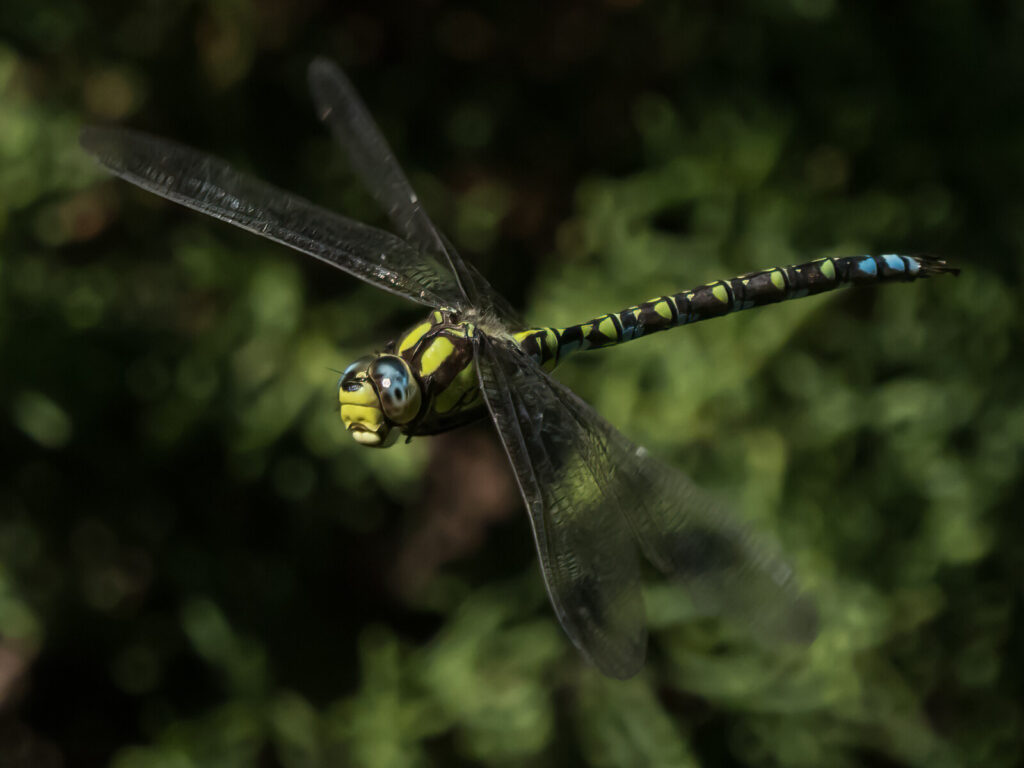16 Dec

Dragonfly Hotspot: Exbury Gardens update – by Juliet Bloss
16/12/2022
Located in the beautiful New Forest, Exbury Gardens is one of our most well-visited Dragonfly Hotspots. Juliet Bloss, dedicated Exbury volunteer and wildlife enthusiast, gives her account of this year’s recording activities and a detailed account of the best spots to go Dragonfly watching.
Exbury Gardens was recently designated by the British Dragonfly Society (BDS) as a “Dragonfly Hotspot”. This is, in part, a recognition of the Dragonfly Pond located at the north end of the garden and the number of different species that it supports.
This year the Dragonfly Pond has been regularly surveyed by Steve Hewitt, a BDS member and active local recorder, and Juliet Bloss with occasional visits from Ruary Mackenzie Dodds and Kari de Koenigswater. The season ended with a total of 16 species recorded at the pond; an additional two species were recorded elsewhere in the garden. This is a provisional figure as records from other observers are likely to come to light by the end of the year.
The Dragonfly Pond is a rather large oval-shaped pond that was originally intended as a reservoir for the garden. At one end, where it becomes shallow, vegetation has established itself and there is also a bank of reeds spreading out from the pondside. On the south side, two floating docks project into the water, improving access and enabling pond dipping. During March and April Steve spent several mornings doing just that and recorded larvae of Azure, Common Blue, Blue-tailed and Red-eyed Damselfly, plus Emperor and Hairy Dragonfly. Kari de Koenigswarterwas also found a Migrant Hawker exuviae at a nearby pond later in the year.
At the Dragonfly Pond the recording of adults began in May with sightings of three Hairy Dragonflies, and Large Red and Blue-tailed Damselflies; the season gathered pace over the subsequent months. The early summer survey on 2 June brought sightings of Azure Damselfly (the commonest damselfly at this site) and the first Emperors of the year. A couple of Downy Emeralds and a Keeled Skimmer also put in an appearance. This latter species is numerous on the nearby heaths but is seldom seen in the garden where the habitat is less suitable. A few Red-eyed Damselflies started to appear on the floating pond vegetation, their numbers increasing through July and peaking in August. On sunny days it was especially easy to pinpoint them by the glow of their eyes as they perched on lily pads.
The July survey identified Small Red-eyed Damselflies, which rivaled their larger cousins in abundance, becoming quite numerous; it required careful observation to separate the two. Numbers of Blue-tailed and Azure Damselflies increased, and the season’s only Common Blues, both solitary males, were found. This species seems to prefer open bodies of water and was more numerous here in previous years when there was less surface vegetation on the pond. Other species included three Black-tailed Skimmers, another couple of Downy Emeralds, and increased numbers of Emperors. These, our largest dragonfly species, were very active, on constant patrol, and quick to see off any rivals. The greenish females could often be spotted egg-laying on the floating pondweed. July was also the month in which a Small Red Damselfly, a nationally scarce species, was recorded, together with the first appearances of Common Darter and Southern Hawker.
In August the numbers of Damselflies decreased quite sharply (except for Red-eyed, whose numbers remained steady) and the first Migrant Hawker was spotted. Emperor Dragonfly sightings tailed off, but more Southern Hawkers were on the wing. A Ruddy Darter, spotted on the 1 August, was the only one of its species found at the Hotspot this season. The two hawkers and some Common Darters continued to be seen throughout the month and were still flying in September and October. Common Darter was the latest, still on the wing in November during which, on sunny days, several individuals could often be seen basking on the wooden fence which surrounds the pond.
The Dragonfly Pond is by no means the only place in the garden where Odonata occur. The two other species seen elsewhere in the garden were the spectacular Golden-ringed Dragonfly and the Beautiful Demoiselle, both of which require running water and were attracted to the streams on Jubilee Hill and along the Cascades.
The recently-created Mirror Ponds, as well as being a visual enhancement to the garden, also attracted good numbers of Azure Damselflies in spite of the total lack of vegetation in and around them, as well as the occasional Broad-bodied and Four-spotted Chasers, Blue-tailed Damselflies and a surprising Red-eyed Damselfly.
Jubilee Pond is partly stream-fed and has a large weeping willow tree at one end. Although it is also home to a number of Koi Carp it still manages to attract a range of species, including Azure and Large Red Damselflies, Emperor Dragonflies, Southern Hawkers and Common Darters. The Bog Garden and Iris Garden are also good places to look, though the numbers there are lower. The Bog Garden dried out in the summer drought, but had a few species early and late in the season, including a Keeled Skimmer on 2 June. Early in the season, Azure Damselflies built up good numbers in the Iris Garden, while Southern Hawkers and Common Darters could be found there later on.
In the lower half of the garden there are a series of ornamental ponds and a stream. The ponds contain large numbers of fish (Koi Carp) and have to be cleaned out seasonally so that leaks can be fixed. For these reasons, they are not as productive as they might otherwise be. Nevertheless, 12 species were recorded in this area, including Black-tailed Skimmer and Downy Emerald, and both Red-eyed and Small Red-eyed Damselflies.
The only other pond in the garden is not open to the public as the railway runs through it. This small pond, the Railway Pond, is well-vegetated around the edge and attracted 11 species this season. Ruddy Darter and Small Red Damselfly were both sighted, records of the latter included two pairs in tandem and one pair copulating.
Historic records for the Dragonfly Pond, dating from 1990, show that the following species, which were not seen this year, have previously been recorded: Beautiful Demoiselle, Emerald Damselfly, Brown Hawker, Golden-ringed Dragonfly, Four-spotted Chaser and Broad-bodied Chaser. Across the rest of the garden neither Emerald Damselfly nor Brown Hawker were recorded this year.
In summary, it was a satisfactory season and with on-going management to improve the Hotspot we hope to continue to attract a wide variety of species and provide breeding habitats for them.
Image: Southern Hawker by Steve Hewitt
